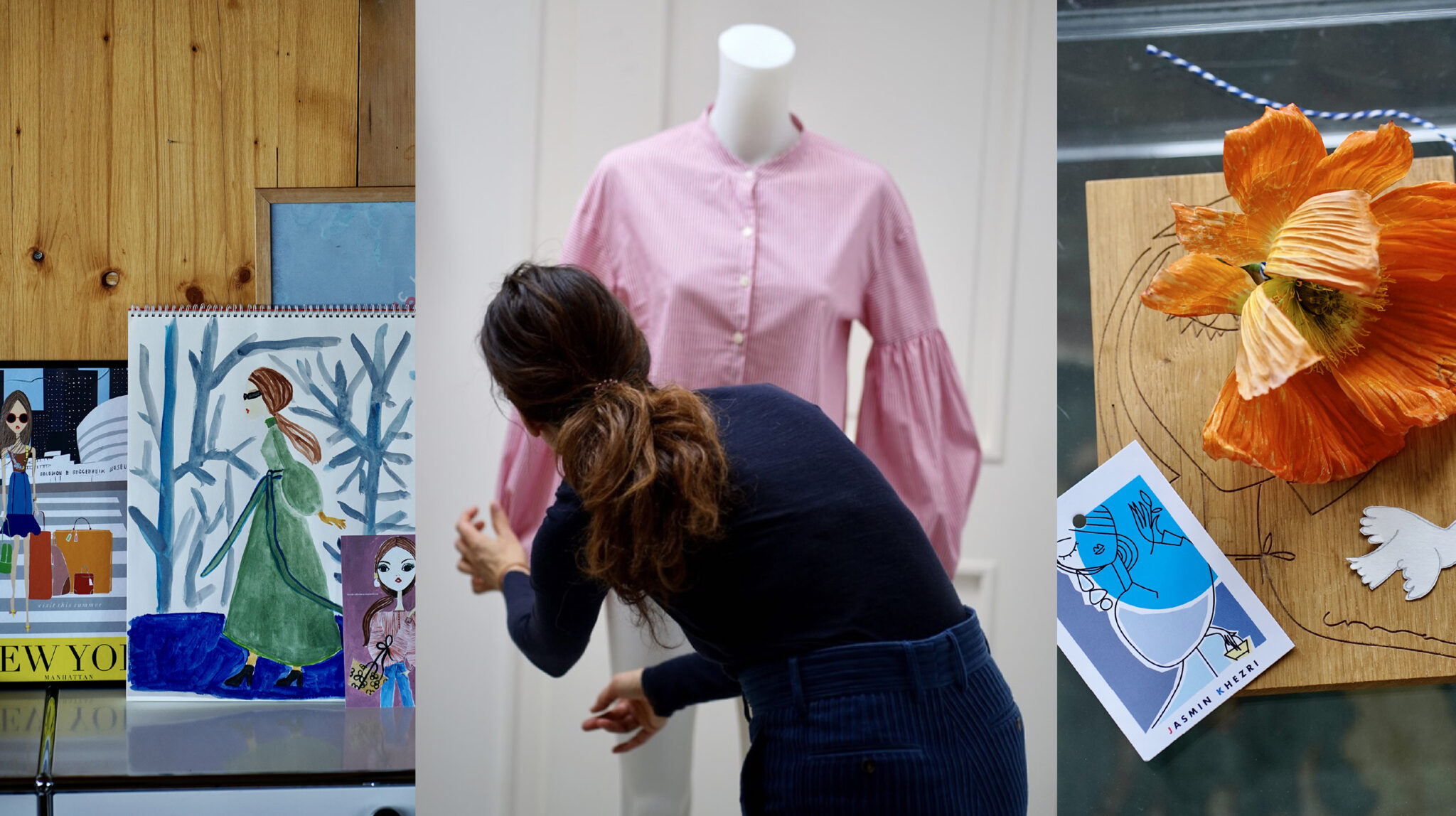Running a fashion brand inevitably teaches you to work differently, see differently, and adapt quickly. After three years with the Jasmin Khezri Collection, certain patterns, habits and unexpected lessons have shaped the way I design. Here is what the process has made clear.
1. I can’t sew, but my drawings help the cutters to understand the silhouettes I want to achieve..
 Technical sewing isn’t my strength, but drawing is. My illustrations have become a practical tool, giving the cutters a precise understanding of proportion and line. It’s an efficient way of translating ideas into garments.
Technical sewing isn’t my strength, but drawing is. My illustrations have become a practical tool, giving the cutters a precise understanding of proportion and line. It’s an efficient way of translating ideas into garments.
2. Accessories set the tone and often dictate the entire look.
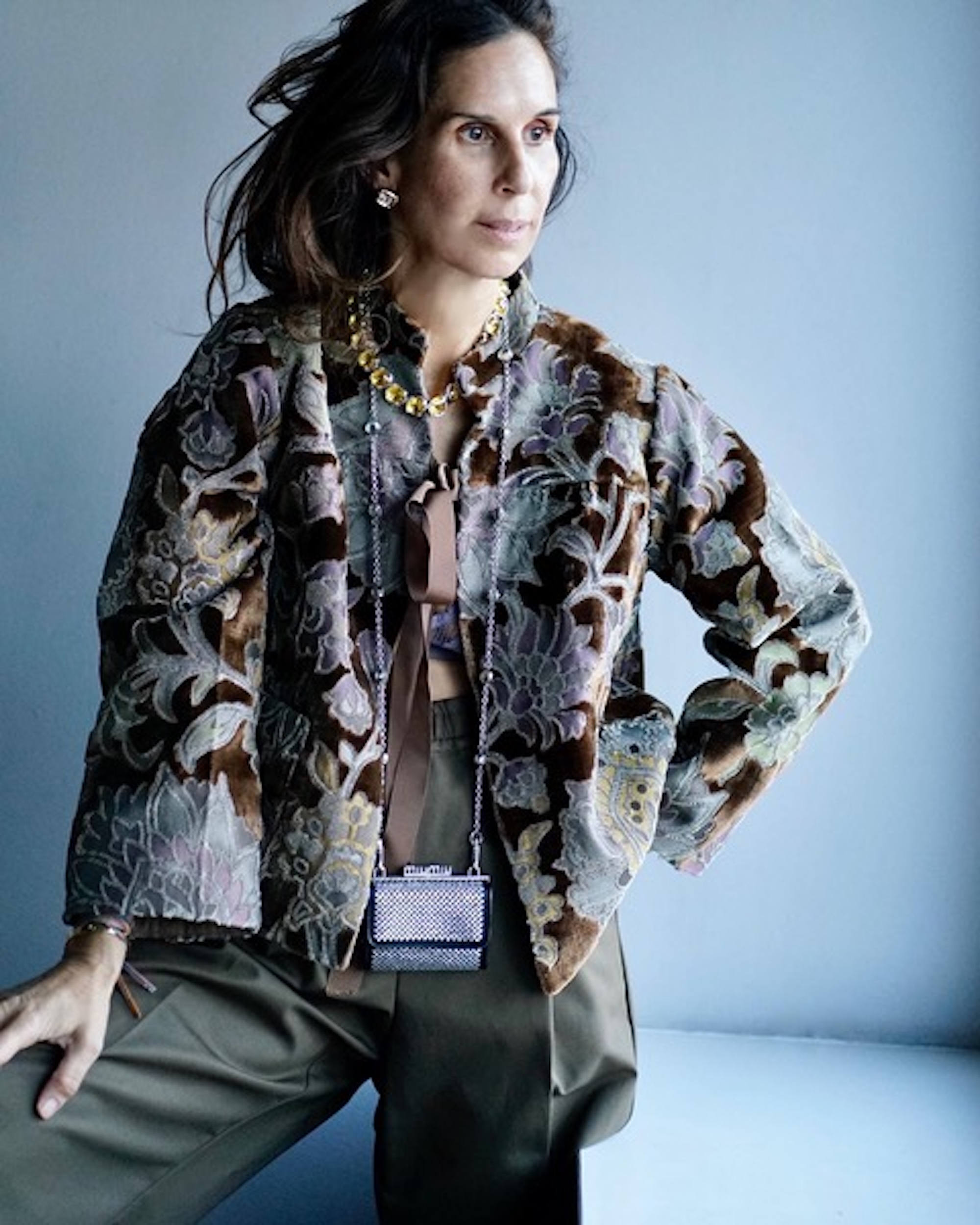 A single accessory can shift a silhouette or spark a new direction. For me, they have become a starting point rather than an afterthought. They shape the energy of a collection more than people assume.
A single accessory can shift a silhouette or spark a new direction. For me, they have become a starting point rather than an afterthought. They shape the energy of a collection more than people assume.
3. Matching doesn’t have to mean identical colours — it’s a system that speeds up mornings.
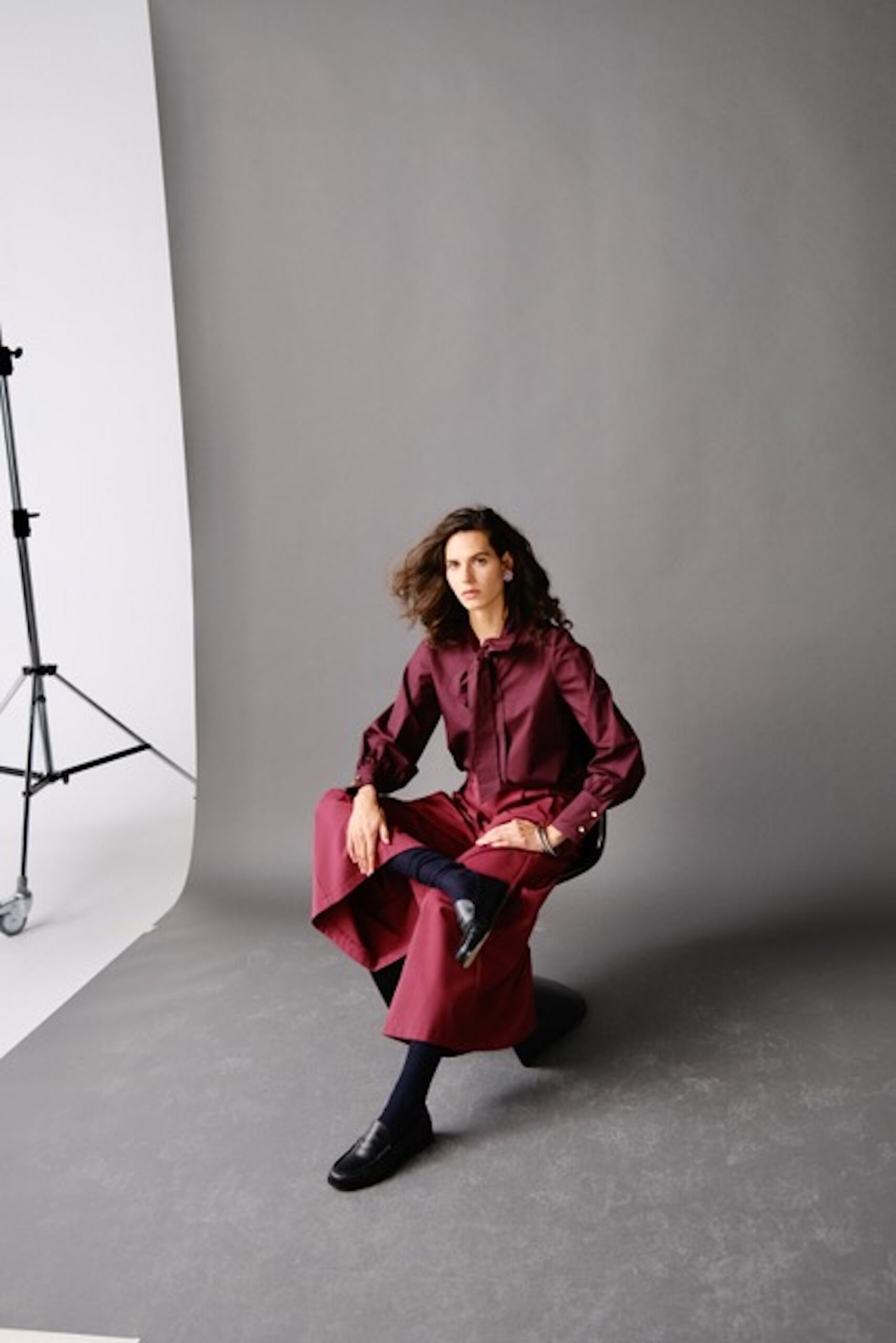 I match textures, moods and materials instead of relying on one shade. This approach keeps a look coherent without being uniform. It also makes getting dressed faster and more intuitive.
I match textures, moods and materials instead of relying on one shade. This approach keeps a look coherent without being uniform. It also makes getting dressed faster and more intuitive.
4. The kimono jackets have become the brand’s strongest signature.
 Crafted from Pierre Frey fabrics and produced in limited quantities, these pieces now define the collection’s identity. They combine structure, print and versatility in a way that resonates with customers. They are, in many ways, the brand’s shorthand.
Crafted from Pierre Frey fabrics and produced in limited quantities, these pieces now define the collection’s identity. They combine structure, print and versatility in a way that resonates with customers. They are, in many ways, the brand’s shorthand.
5. Mood boards remain part of my daily routine.
 I create them constantly to refine direction and adjust tone. Each board adds a new layer, much like updating a familiar recipe. It’s a simple but effective way to stay visually aligned.
I create them constantly to refine direction and adjust tone. Each board adds a new layer, much like updating a familiar recipe. It’s a simple but effective way to stay visually aligned.
6. Illustration work has shaped how I understand fashion.
 Thirty years of drawing have trained my eye to read proportion, texture and balance quickly. That experience carries directly into how I cut, style and develop new pieces. It’s a foundation I rely on daily.
Thirty years of drawing have trained my eye to read proportion, texture and balance quickly. That experience carries directly into how I cut, style and develop new pieces. It’s a foundation I rely on daily.
7. I enjoy creating handcrafted giveaways for the brand.
 These small items add a personal note to the collection’s universe. They serve as tactile reminders of the brand’s values and craft-oriented approach. They also make our events and deliveries more memorable.
These small items add a personal note to the collection’s universe. They serve as tactile reminders of the brand’s values and craft-oriented approach. They also make our events and deliveries more memorable.
8. My vintage archive informs how I build colour stories.
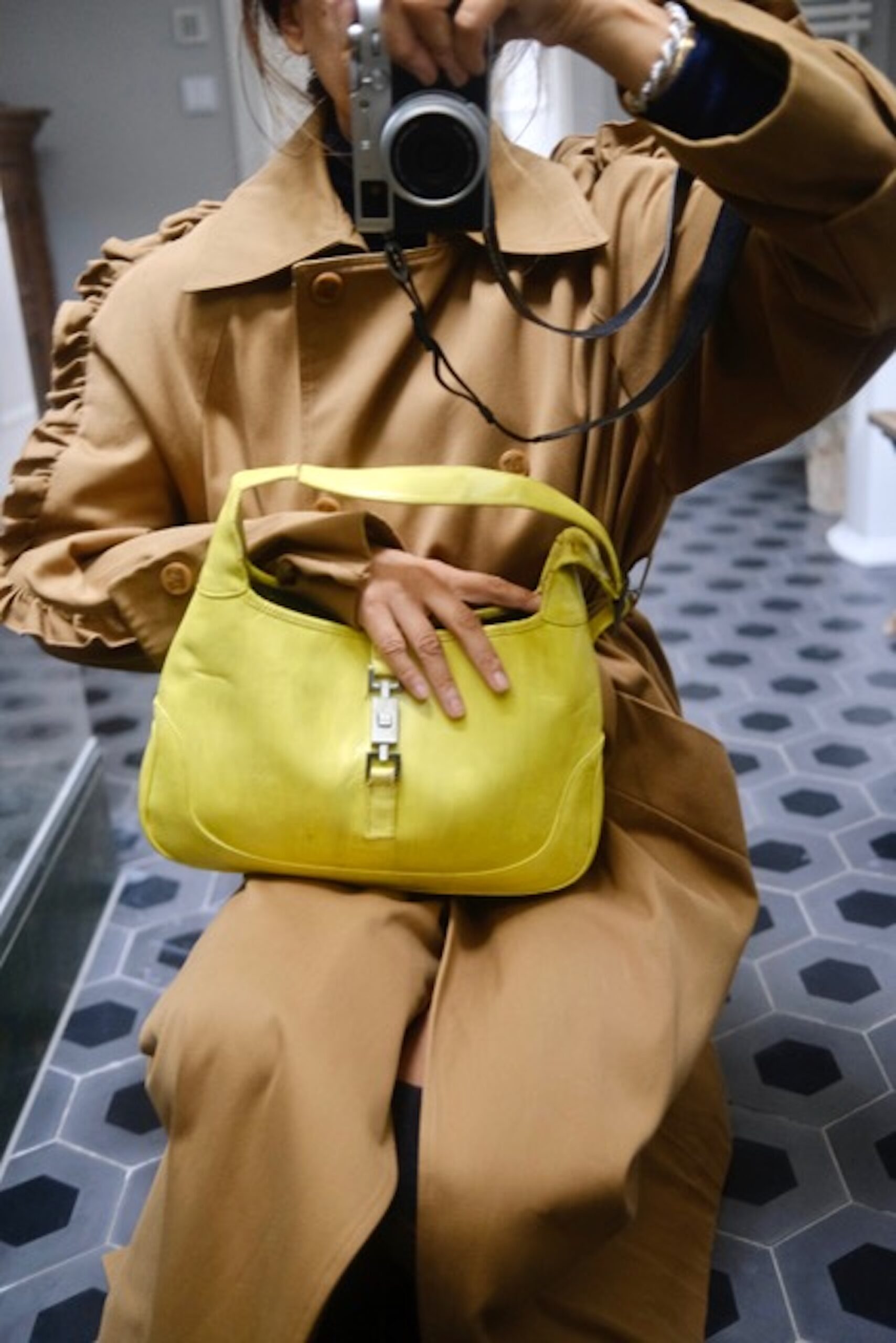 I reference it frequently for unexpected combinations and textures. The archive acts as a visual library that keeps the palette grounded yet distinctive. It’s practical, not nostalgic.
I reference it frequently for unexpected combinations and textures. The archive acts as a visual library that keeps the palette grounded yet distinctive. It’s practical, not nostalgic.
9. My daughter Greta has influenced the brand from the start.
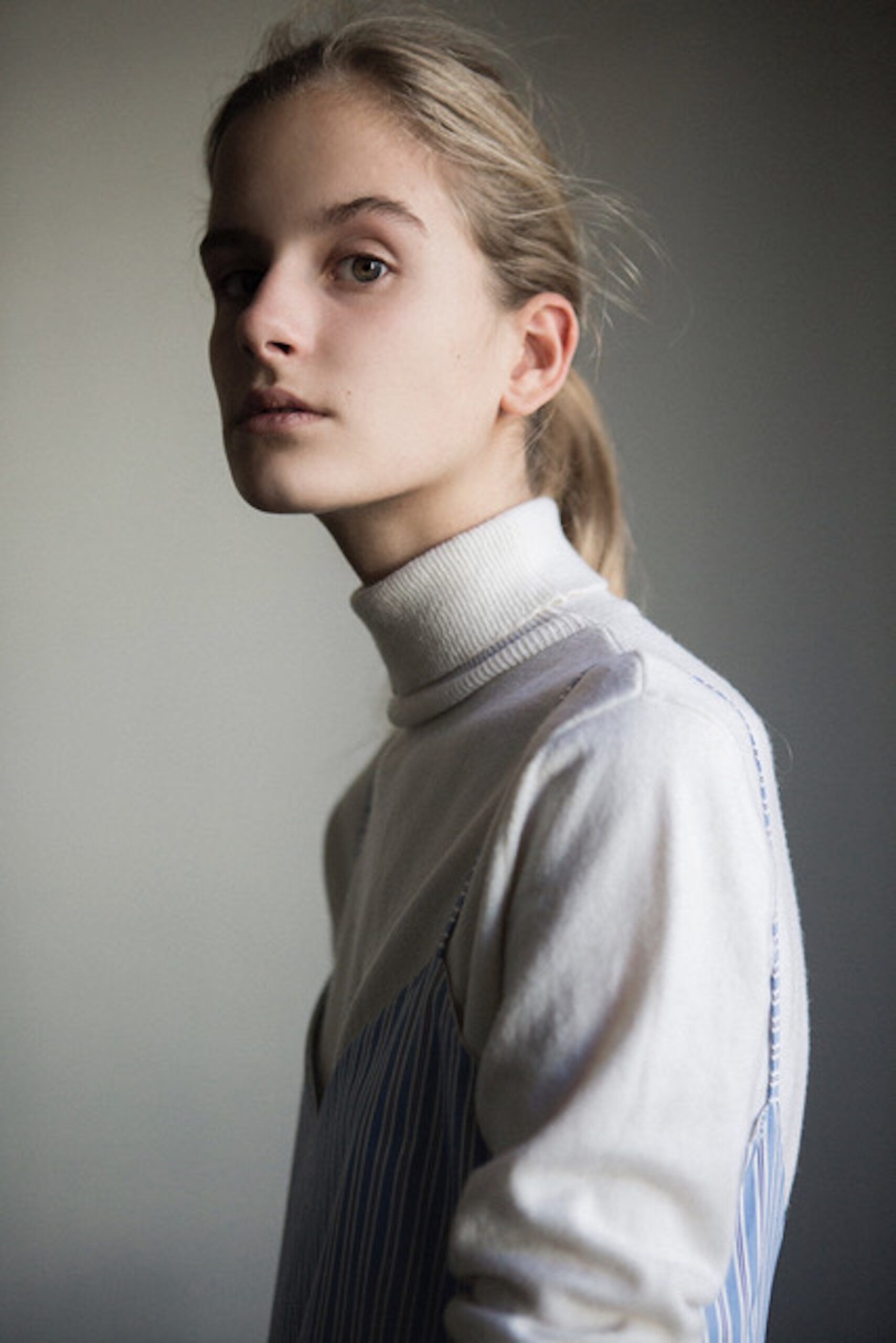 She brings a clear, instinctive sense of detail to many pieces. Her input often sharpens the final design. It’s an intergenerational collaboration that has become part of the process.
She brings a clear, instinctive sense of detail to many pieces. Her input often sharpens the final design. It’s an intergenerational collaboration that has become part of the process.
10. Travelling reveals how the clothes function beyond the studio.
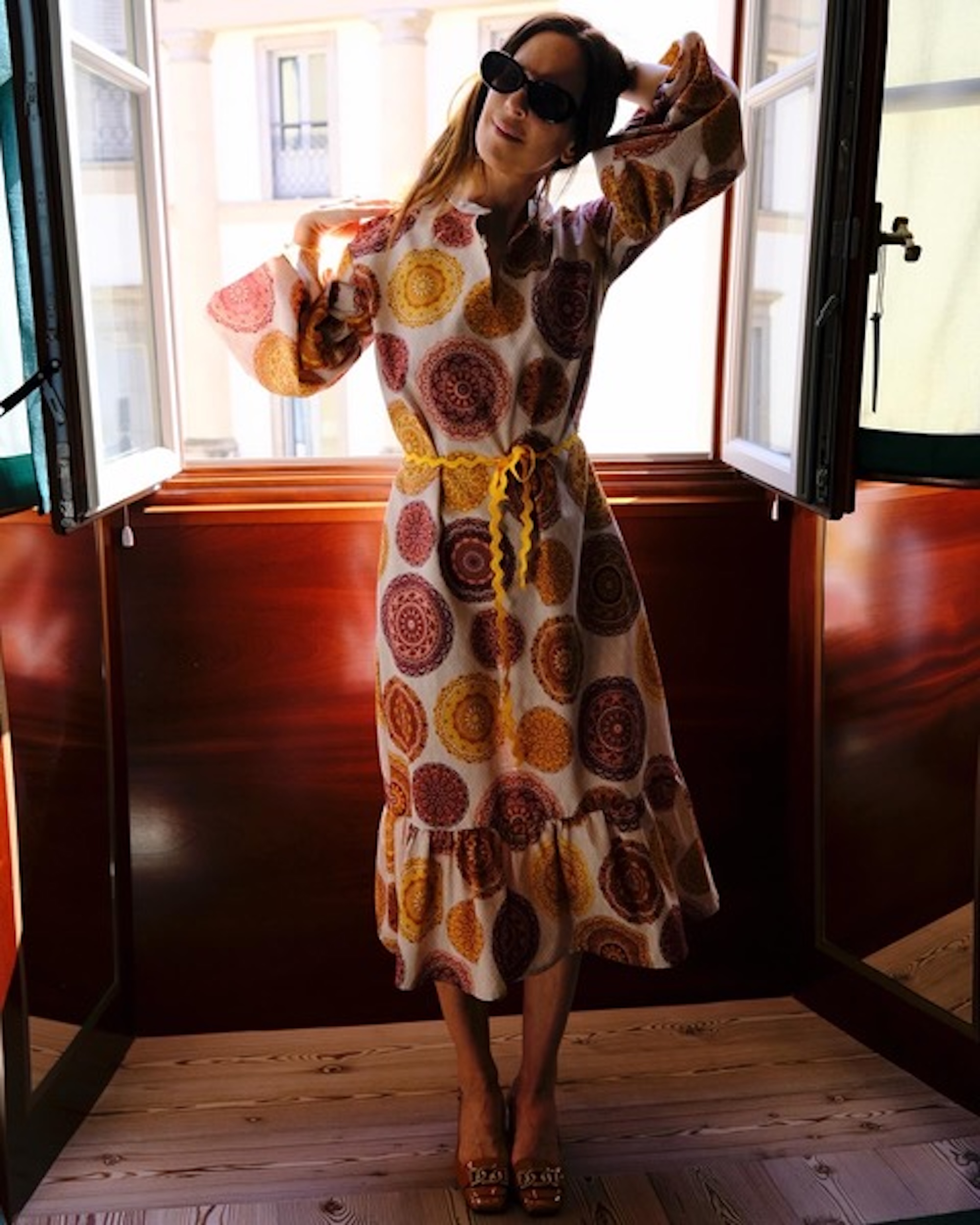 Wearing pieces in different climates and contexts highlights what works — and what doesn’t. This global testing ground shapes future adjustments. It’s fieldwork in real time.
Wearing pieces in different climates and contexts highlights what works — and what doesn’t. This global testing ground shapes future adjustments. It’s fieldwork in real time.
11. Working on magazines keeps my perspective broad.
 Editorial assignments expose me to ideas outside fashion and prevent the tunnel vision that can come with designing. This balance strengthens both sides of my work. It keeps the brand connected to culture, not just clothing.
Editorial assignments expose me to ideas outside fashion and prevent the tunnel vision that can come with designing. This balance strengthens both sides of my work. It keeps the brand connected to culture, not just clothing.

